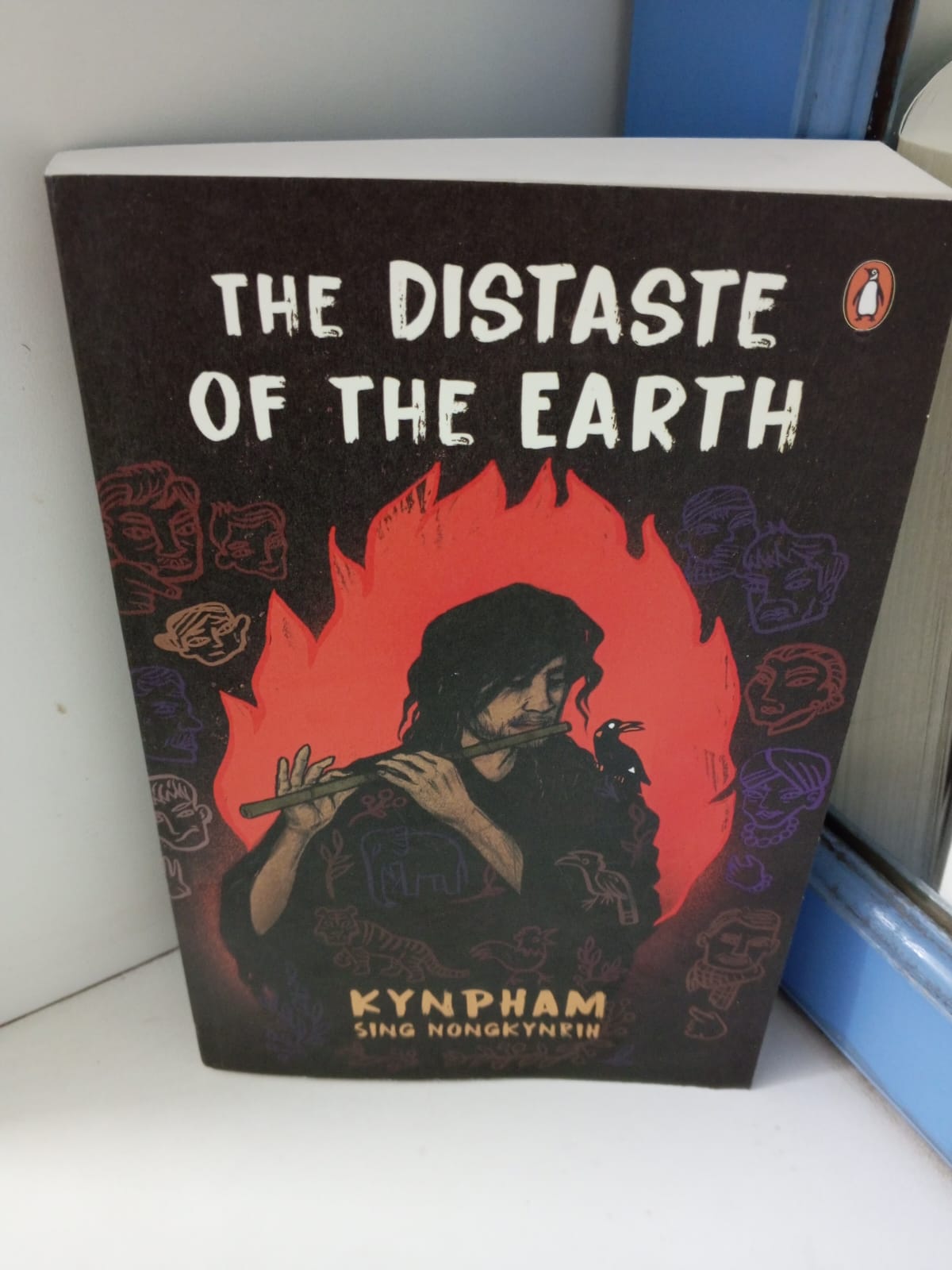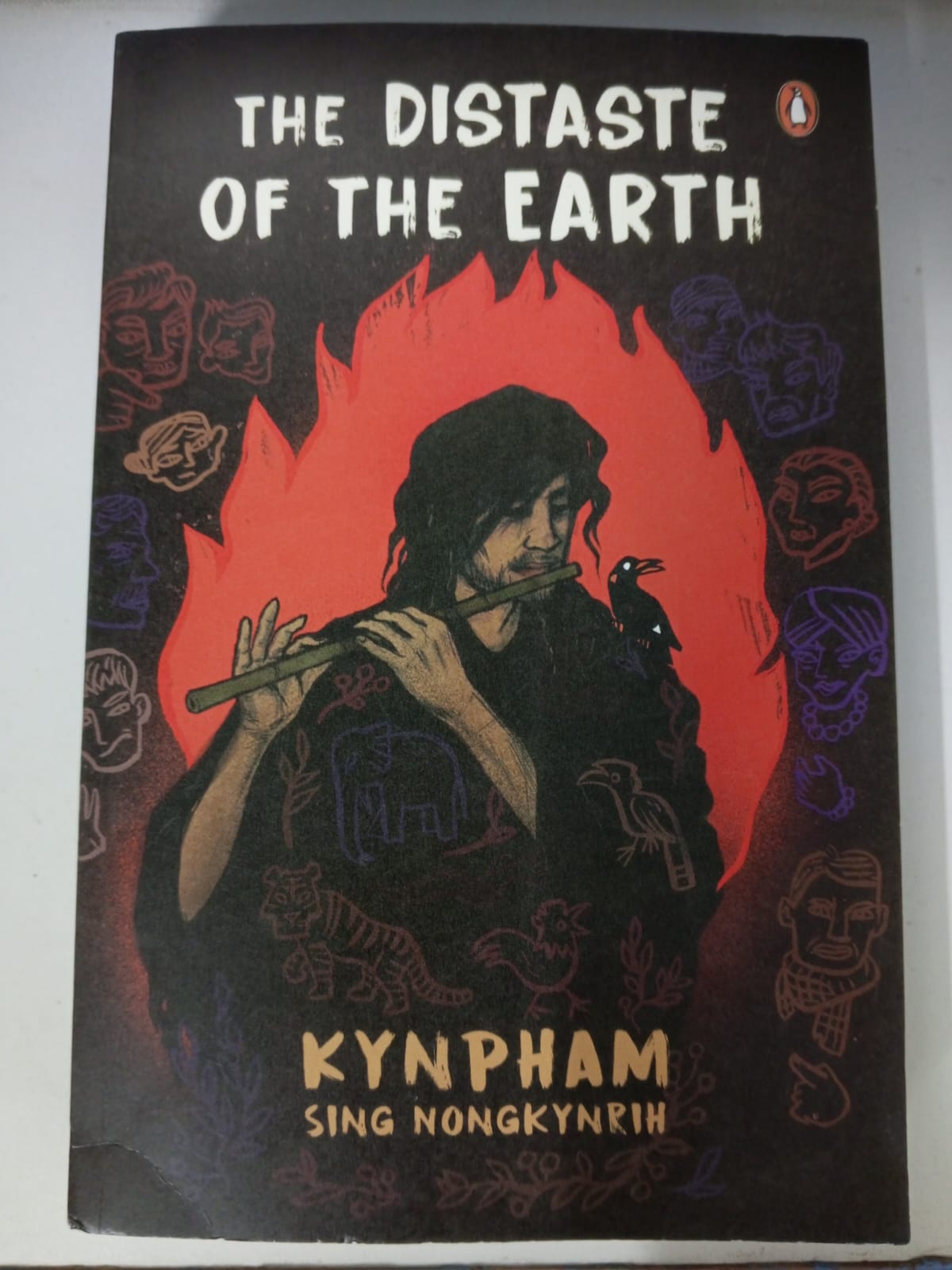Publication Date: 20th May 2024
Genre: Historical Fantasy
3.5 Stars
One Liner: Informative but missing something vital
A loose retelling of the love story of Manik Raitong
and Lieng Makaw acts as the central point to weave a multitude of tales about
people, community, culture, and nature in the Khasi region.
Set in the past, the book brings together various
socio-cultural, interpersonal, and earthly elements woven with an array of
emotions.
The story comes in the third-person POV.
My Thoughts:
Unfortunately, not many of us know a lot about the cultural history and lore of the Northeastern part of India. So, when I saw this was based on a real story from the region, I searched for the original (links at the end). The actual story is quite small, so the 400+ page count here resulted in many questions.
The author’s note at the beginning establishes the
expectations from the book. He mentions that the book is more of a presentation
of the ancient Khasi world with people and nature at its center. This helped
adjust my expectations. I realized it would read like a collection of
interconnected stories that make sense only when together.
The omnipresent third-person POV acts as the
storyteller’s voice, providing information about the local customs, rituals,
conditions, etc. For someone who knew almost nothing about the setting (those
3-4 episodes of food shows don’t count), this detailing provided a wealth of
knowledge. There are a few triggers, but none of these events are detailed.
There’s a liberal use of local terms and phrases,
and translation provided alongside. This may or may not work for everyone. I
like it since it brings authenticity to the English narrative. (It’s only in
recent times I realized how hard it is to present regional stories in English.
The feeling is just not the same without the presence of native words.)
However, the dialogues are a bit jarring. They are a
strange combination of modern-day terms, semi-translation, and a sort of
ancient vibe. It took more than a while to get used to this blend.
The beginning is slow as expected. There is a lot to
know and new characters are introduced often. Moreover, the main lead is
nothing more than a random character until the first 150+ pages (part one). We
spend all our time reading about others.
The setting, Hima Mokkhiew, is a village in Nongboh
of Ri Bhoi. The geographical elements are described on the first page. However,
a map would have done a better job. All those routes, hills, forest lands, and
flat lands in different directions can get confusing without a visual
representation. [The Khasi lands are spread over Meghalaya and a part of
Assam as well as Bangladesh (the neighboring country).]
At last, the core love story begins… but ends up in
a few pages! While I appreciate the backstories provided for the characters and
the foundation for their love, I wanted more. We see two or three scenes of the
couple interacting before there’s a time jump and drama begins. The actual part
of their ‘love’ is not even shown. If only the other stories were trimmed to
make space for at least another 10 pages of their interactions!
The ending brings the different threads together and
provides the necessary conclusions for each track. A little more about Nem
would have helped.
To summarize, The Distaste of the Earth has much to
teach about the ancient Khasi culture while exploring the basic human traits
and the power of love. However, I cannot help but wish for a better focus on
the true and tragic love story that inspired this book.
Thank you, Blogchatter and Penguin, for a copy of
the book. This review is powered by the Blogchatter Book Review
Program and contains my honest opinion about the book.
You can buy the paperback of The
Distaste of the Earth from Amazon.
***
More about the Original:
The love story of Manik and Lieng is famous in the
Khasi Lands even today. A movie was made on this (Manik Raitong,
1984) and was the first color film in Khasi. Speak Your Roots has shared a post
about the original story with pictures of the book (Ka Liengmakaw da Jespil Syiem).
***
TW: Battle, plague,
death, mentions of rape, beheadings, and alcoholism


No comments:
Post a Comment